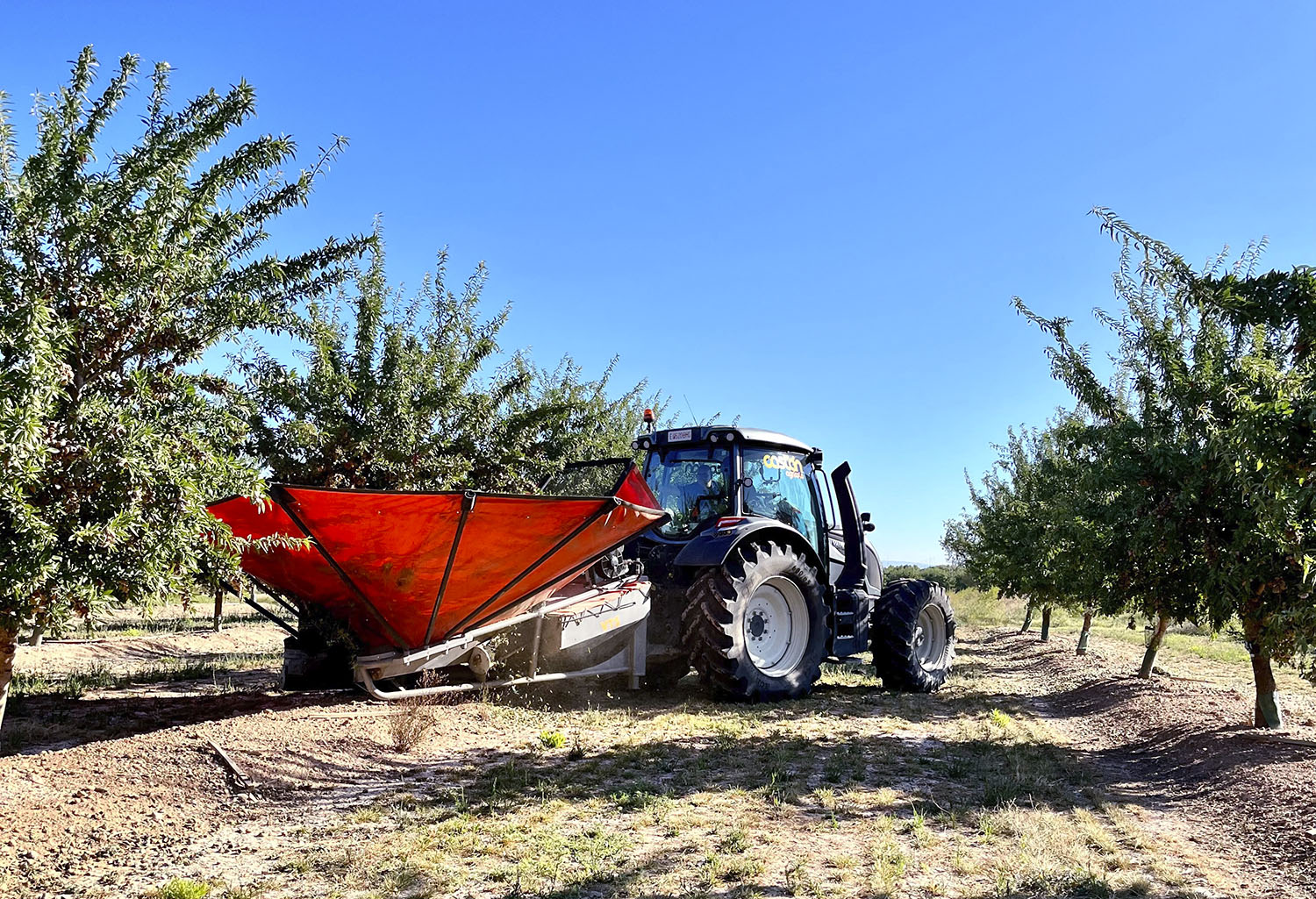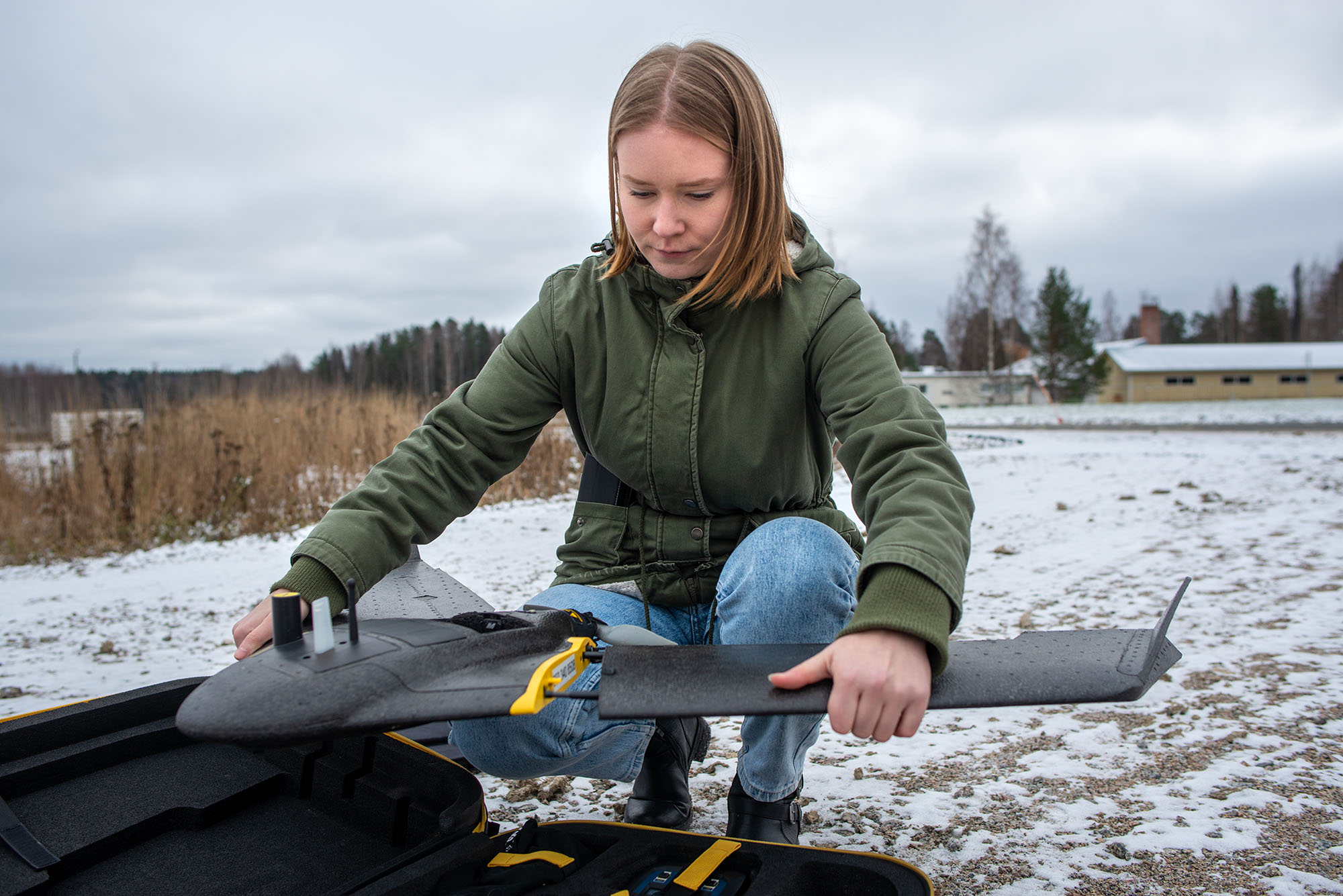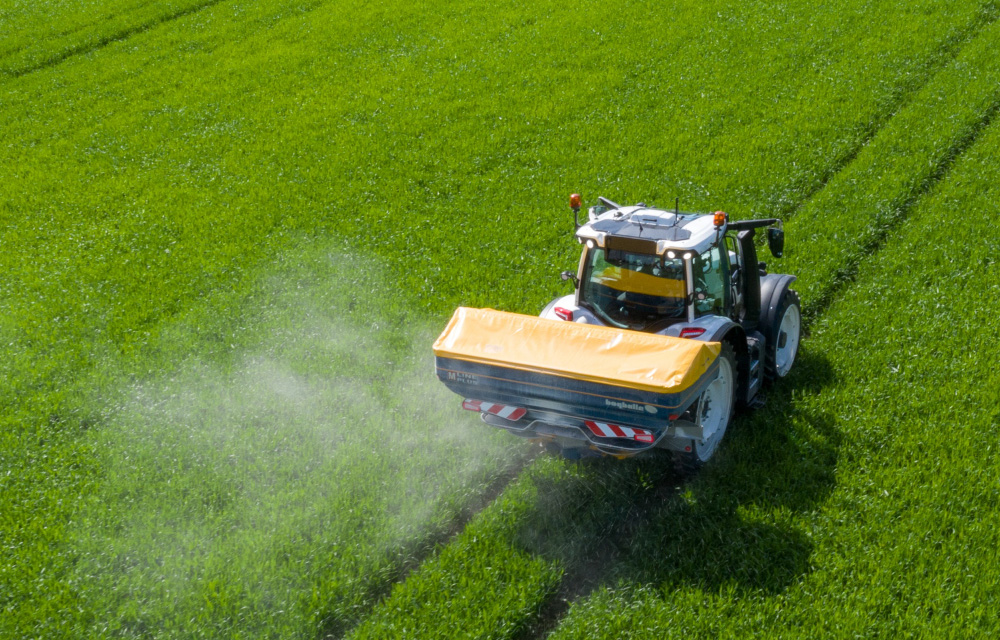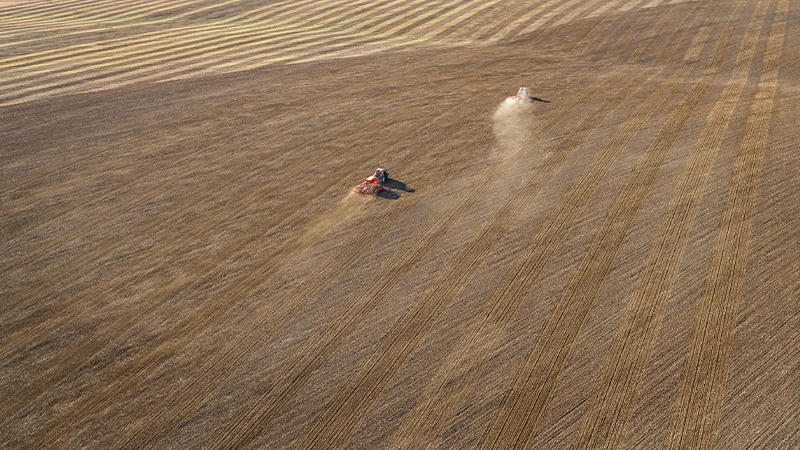Svensk Kolinlangring pays 1300 Swedish kronor (122 euros) per hectare annually, of which 1000 kronor goes directly to the farmers and 300 is used to cover the costs of metering. It is calculated that one hectare can store at least one ton of carbon per year.
Carbon is sequestered in the soil at Bjerktorp farm in Sweden
The food products industry is up against immense challenges, and so is farming. To meet these and other challenges that mankind is facing, a massive transformation is required.
For its part, agriculture must become an increasingly effective carbon sink.
“This is a question of survival for farming. It comes down to how we can produce food in a sustainable way,” explains Jessica Johansson, Project Manager at Svensk Kolinlagring, a collaboration to increase carbon sequestration in Swedish agricultural soils.
Bjertorp is one of the farms of the future of Swedish agricultural cooperative Lantmännen in Varaslätten in southwest Sweden. The goal is to increase carbon sequestration and biodiversity in an effort to fight climate warming and improve the health of the soil.
Bjertorp is one of 41 Swedish farms that have signed up for the project and has dedicated 25 hectares of its total cultivated area of 890 hectares to the project.
“We want to find a sustainable system for reducing carbon emissions from the soil,” says Kjell Carlsson, Operations Manager at Bjertorp.
“We cultivate one of the fields with minimised tillage, grow catch crops to achieve a better structure, keep the field green, minimise nitrogen loss and add organic fertilisers.”
Kjell Carlsson, Operations Manager at Bjertorp.
Increased interest in carbon sequestration in Europe
Svensk Kolinlagring launched the project in 2019 with the aim of learning more about how carbon can be sequestered in the soil, which methods should be used, what costs are involved, how to work efficiently and what is feasible in practice. The Swedish project collaborates with several universities, the European SCARF Network, Carbon Action from Finland and partners in Norway.
“Farmers have great innovation power, and interest in carbon sequestration is growing in Europe. This is an important issue for farmers, considering the drought that has hit Europe this summer, for example,” says Project Manager Jessica Johansson.
“By increasing the carbon content of the soil, we can improve the water retention capacity of soils, which means that the soil binds more water, reducing the problems caused by drought or flooding,” she explains.
Meeting challenges together
Johansson points out that the shortage of water is the greatest threat for the growth of vegetation, and it is important for European farmers to become better at utilising the rain that falls.
The Svensk Kolinlagring project is divided into three parts: practical trials that are carried out at the farms, measuring and monitoring soils, and developing successful business models.
“For us, the primary goal is to gain insight into how we can transform our system for the future and how we can create healthier soils while operating sustainably,” says Operations Manager Kjell Carlsson.
“Basically, we want to have the soil covered with vegetation all year round, and the project will help us identify the most efficient and practical way of working. We do not have the answer yet, but we feel we are on the right path,” Carlsson adds.
Interest in carbon sequestration is increasing in Europe, and there are various ongoing national initiatives.
“Farmers play a significant role in this transformation. This is an agribusiness project carried out together with farmers, for farmers,” says Jessica Johansson. •
Text and photos Anna Andersson
How carbon sequestering is achieved in practice?
1. Keeping fields green year-round
Protects the soil against drying out, prevents erosion and provides microbial life with food all year round.
2. Maximising biodiversity
The organisms living in the soil want to have a varied diet, just like our gut bacteria. High diversity above ground is needed to preserve high diversity underground.
3. Minimising disturbances such as soil preparation, chemical crop protection and pesticides
All types of disturbances harm the microbial life, bacteria and fungi whose job it is to ensure that carbon is sequestered in the soil.
4. Maximising living biomass above and under the ground, incl. microbial biomass and fungi
The more plants are growing, the more carbon is pumped down into the soil. It is important to utilise the entire growth season and grow plants with different needs to maximise biomass.
